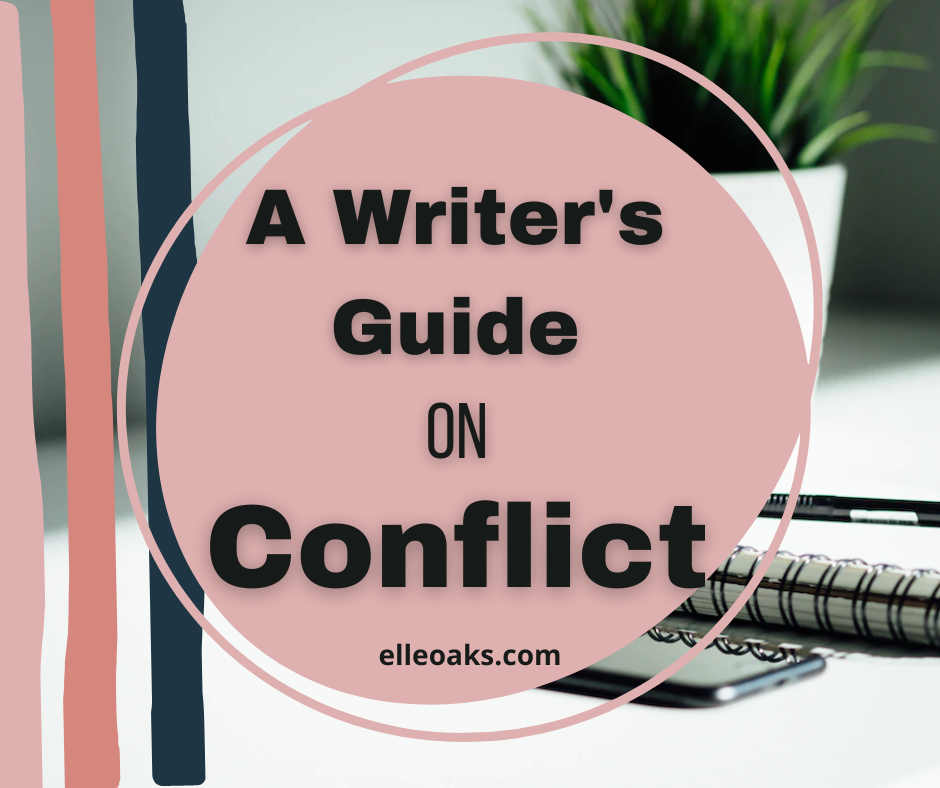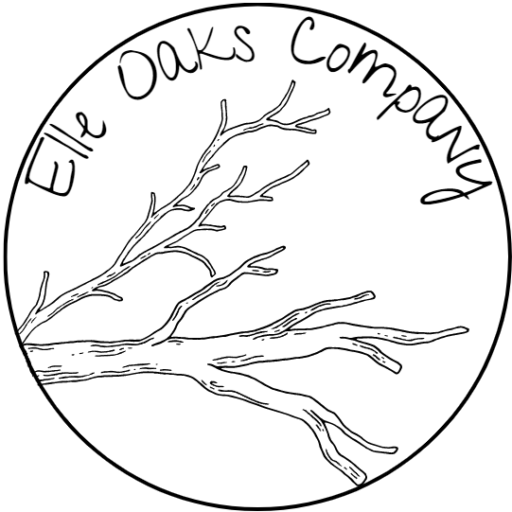Conflict. It’s what drives the plot, the characters, it gives the story meaning. But how do you determine if you have enough conflict? Focusing on one conflict makes the story one-dimensional. But when you throw in too many conflicts, well now you’ve got a mess to sort through. Let’s take a look at how to come up with conflict and what will work for your story and your readership!

In middle school, we all learned about the different types of conflict within a story. For example: Man versus man. Man versus environment. Man versus self. The first two examples are types of external conflict whereas the latter is an example of internal conflict. When drafting a story, conflict is the main ingredient. Without conflict, a story is dry and without tension. Without conflict, there isn’t really a story to tell.
Fiction genres are identified based on the tropes of conflict that occur within their pages. A story in the romance genre typically involves conflicts of relationships. A thriller will be classified as the genre with high stakes conflict between either characters or a protagonist and a threatening external force. Fantasy or sci-fi genres often demonstrate conflict between the protagonist and central antagonist. These are all examples of external conflicts.
However, other conflicts do show up. The love interest in the romance genre fights with their inner thoughts, wondering if they’re good enough. The main character in the thriller doubts in their abilities and questions every move. The protagonist in the fantasy or sci-fi develop imposter syndrome and want to just give up and go home.
External conflict is what raises stakes and tension. Internal conflict is what makes the characters relatable and helps to develop the character, leading us through an arc of development.
When drafting a story, I always tend to start with the rule of 3.
Number One: Primary External Conflict
Determine which external conflict is the cause for the plot of your story. The story revolves around this conflict. This means that by the end of the story, the reader should have some form of resolution, even if that means a cliffhanger or a separate conflict born from resolving the primary one. The blurb and synopsis of the novel will use this conflict to up the stakes for the characters.
Number Two: Secondary External Conflict
The secondary conflict is another external factor that prevents the main character from resolving the primary conflict in one go. This will occur in the middle of the story. While it doesn’t necessarily need resolved, it will distract the protagonist from their main goal. The main character should grow as a result of this conflict. It’s their character arc so to speak: a part of the story where we see a change in their thoughts or actions.
Number Three: Internal Conflict
Internal conflict should be present throughout the story but will be at its height between in the rising action of the novel not longer before the climax. Man versus self. It might be all in their head, but it’s not any less demanding than the primary conflict. Internal conflict gives your character vulnerability. It makes them relatable. A way to connect with the reader and perhaps draw on some emotion. This conflict also does not necessarily need resolved. We all have doubts and weaknesses. However, the main character will need to overcome if only for a time in order to resolve the primary external conflict at the heart of the story.
These are the 3 types of conflict I begin with, obviously a story can have more conflicts within its pages. But you also don’t want to present too many conflicts. The reader will want the majority of conflicts resolved by the end of the book or series. Opening too many doors can create headache for you, the author, and confusion for the reader trying to follow along.
So how do you determine a conflict that works best for your story?
Not all writer’s work the same way. Your starting point may be your characters and the world, so you may need help coming up with a suitable plot. This means also coming up with conflicts that make sense. So here’s what you do!
Take a look at your protagonist. Think of what they want most, what they desire. Think of it in context of the world around them. And then have your conflict challenge that, be in direct contention with what it is they want.
Then take a look at the world. Are there laws or rules that could create a problem for what your protagonist wants to accomplish? Is your character possibly in an unsafe environment, one that would drag them into harms way and force conflict? Weather patterns, unruly gods and creatures, ex-girlfriends that you never knew existed until they stop the wedding to confess their love for your groom, there are so many options that force the protagonist to take a detour for the path they set out on.
Still need some help? Here’s an example:
Our main character is a mage, wishing to use magic to become the world’s best botanist. However, in this part of the world, drought is threatening the land due to a curse placed on the king. Our main character, to achieve their goal, must set out on a mission to rid the land of the curse.
Then you can throw in another conflict:
Because of the curse, the king forbids any further use of magic. Anyone caught with any spellcasting contraband could face execution.
And the internal conflict:
Our main character wonders if it is worth it. Should she risk her life or just give up on her passions? And if she does give up, the drought caused by the curse will affect more than just her, as every person in the nation will be affected by it.
With any piece of information you have, any semblance of a shiny idea, you can create an entire world and execute a plot that interests your readers and is fun to write and discover for yourself at the same time.
Conclusion
Conflict is central to storytelling, creating the suspense, the tension, and the excitement to pull readers in and keep them until the very end. Ensure that the conflict is clear, that the stakes are understood, and that if the character ever met you, they would curse you out in anyway they could. Make their life a nightmare, because that is what makes for a fascinating read!
Thank you for stopping by! Sign up for our newsletter to get the latest on our most recent articles and new book releases from Elle Oaks Company!
And if you get a chance, check out our books! Buy links are here!

Questions or ideas about future posts? Contact us on our form! Click here.

